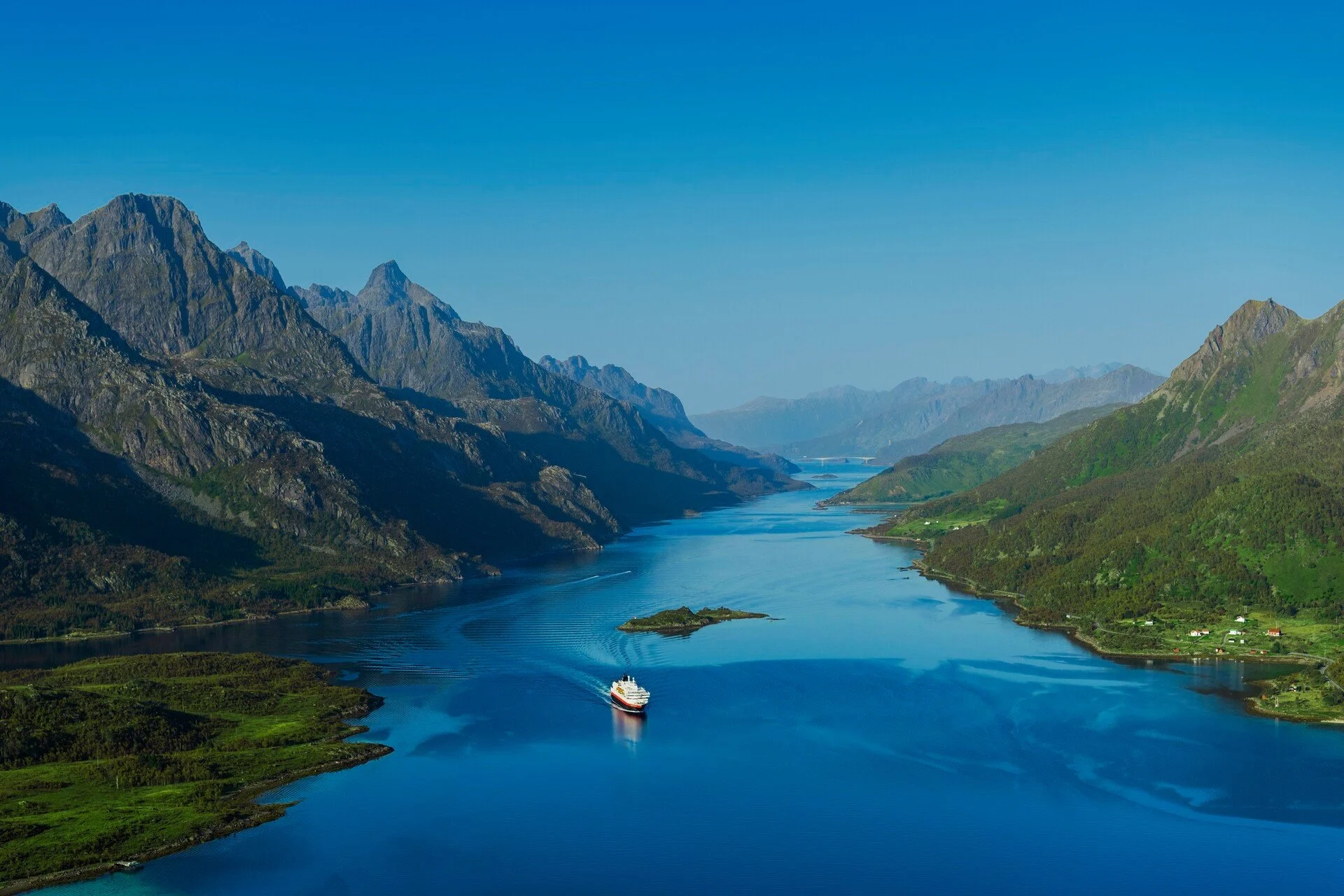
The Trollfjord
Only 328 feet (100 meters) wide at its narrowest point, this deep-blue fjord is one of Norway's most majestic.
An up-close experience unlike anything else
Trollfjorden carves inwards to Austvågøy from the west side of the 15-mile-long (25-kilometer-long) Raftsundet, a very narrow sound between Austvågøy and Hinnøya.
On calm days, Hurtigruten can sail in and almost brush the sides of the 3281-foot-high (1,000-meter-high) mountains of Trollfjorden. No other Norwegian fjord offers you the chance to get as close to this incredible sight.

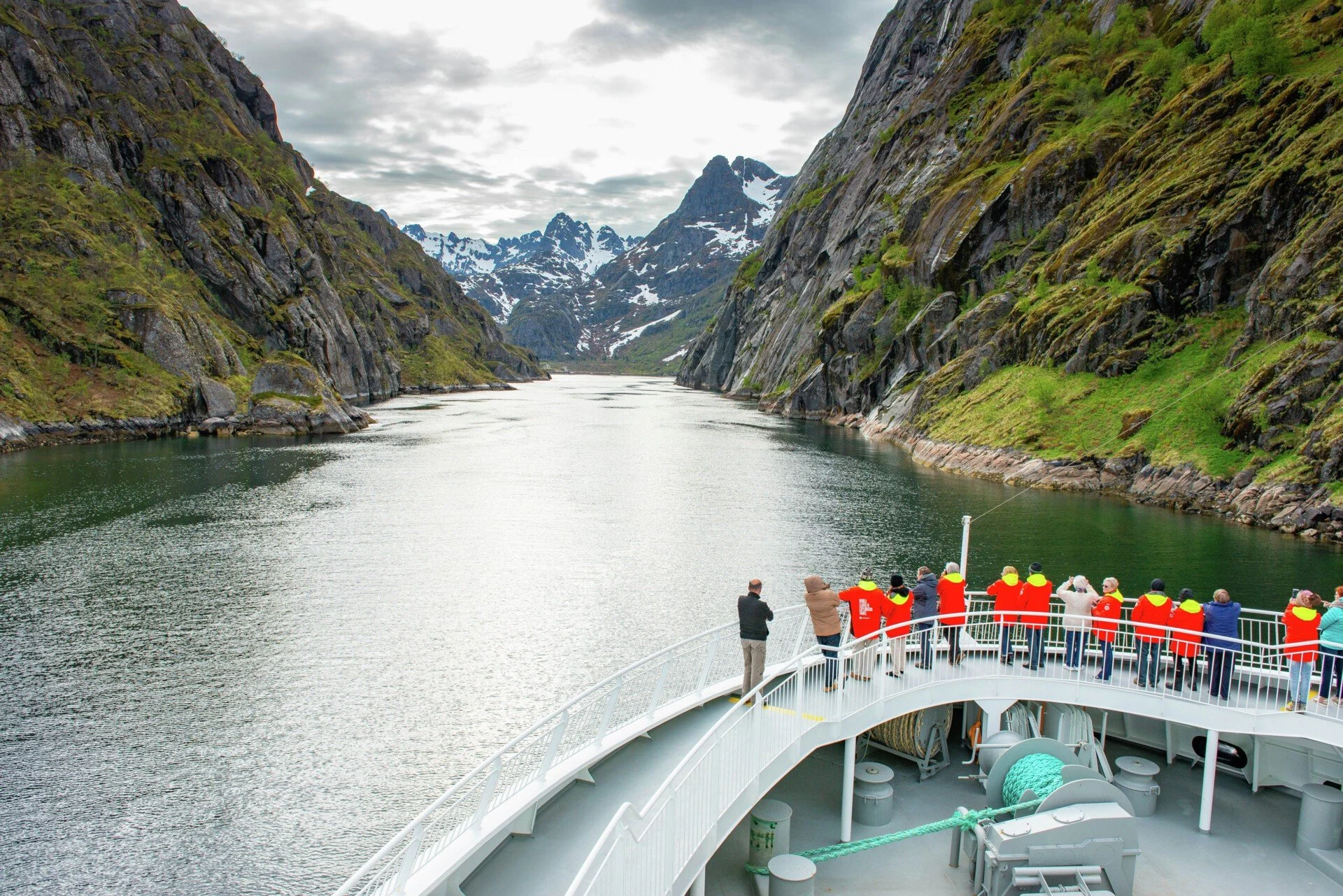
Don’t wake the trolls...
On deck, you can admire peaks such as Trolltinden (3,428 feet above sea level) on one side and Blåfjellet (3,274 feet above sea level) on the other, while the captain calmly maneuvers the ship into the 328-foot-wide mouth of the fjord and turns around a a couple miles further in.
All the while, you are quietly praying that the old tale still holds true: the trolls here won’t wake for a thousand years, by which time our ship will have sailed away.
Artistic inspiration
This region has inspired famous Norwegian art and literature. In 1890, a battle broke out in Trollfjorden between fishermen who were all eager to claim the massive shoals of fish that had entered the fjord. The large steam-powered vessels had cast nets that blocked the fish inside the fjord, which was unacceptable to the fishermen in the smaller boats.
The fight is mentioned in the classic novel “Den siste viking” (“The Last Viking”) by Johan Bojer and is also captured in Gunnar Berg’s painting “Trollfjordslaget” (“The Trollfjord Battle”), which is on display in Svolvær town hall.
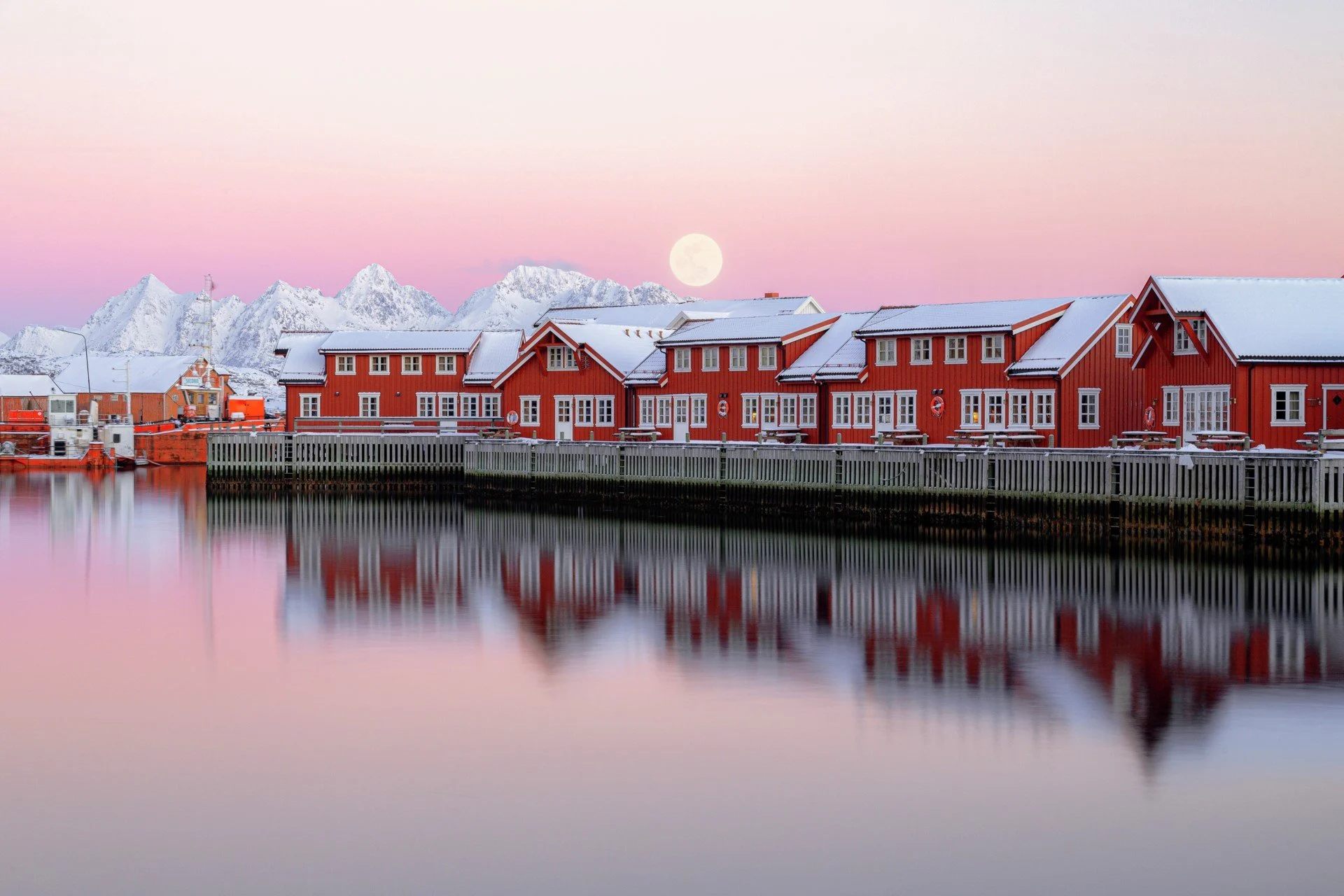
Visit the Trollfjord with Hurtigruten
Between May and October, you can join us as we take a tour around this unique fjord – a truly memorable experience.
- Multiple offers
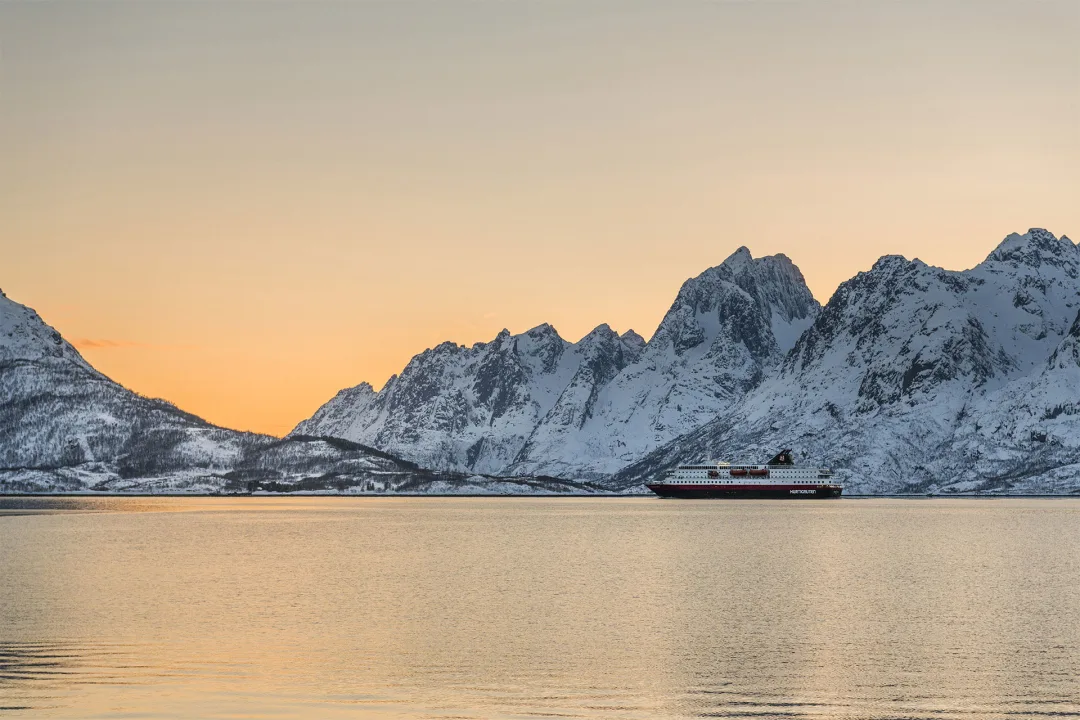
11-Day Norwegian Voyage | Bergen - Kirkenes - Trondheim
Route
Bergen - Kirkenes - Trondheim (Roundtrip)
Departure Dates
Regular departures - 11 days
Price from
$3,774
Ships
Multiple
- Multiple offers
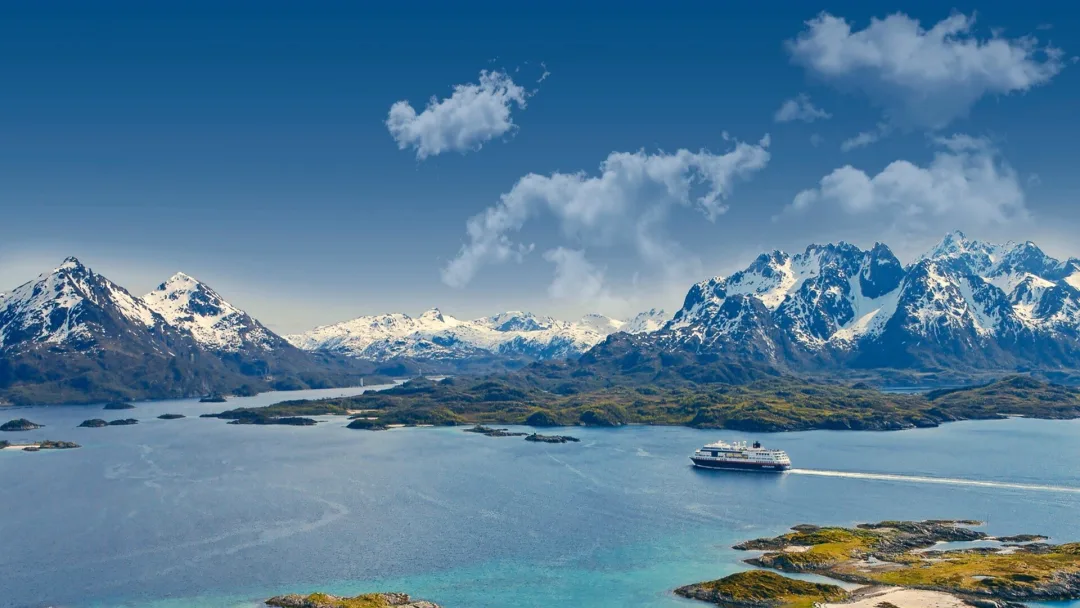
Roundtrip Voyage from Bergen | Explore Norway’s Coastline
Route
Bergen - Kirkenes - Bergen (Roundtrip)
Departure Dates
Regular departures - 12 days
Price from $2,401
$2,041
Ships
Multiple
- Multiple offers

7-Day Norwegian Voyage: Northbound | Bergen to Kirkenes
Route
Bergen - Kirkenes (Northbound)
Departure Dates
Regular departures - 7 days
Price from $1,643
$1,397
Ships
Multiple